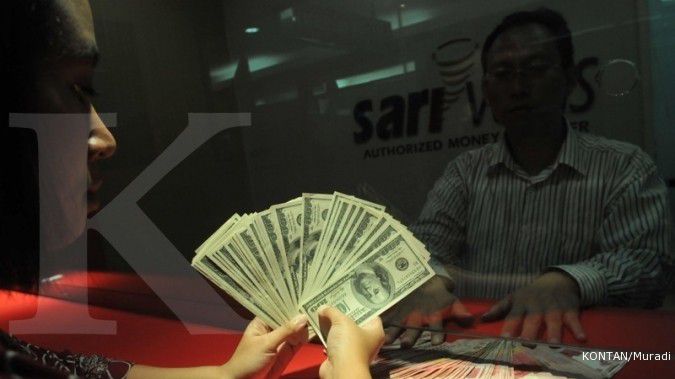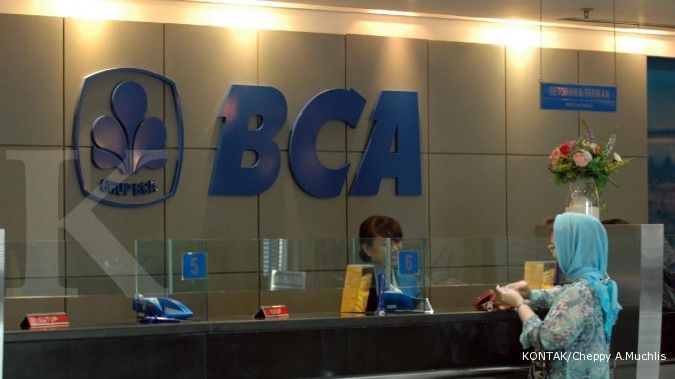JAKARTA. With the recent improvement in the trade balance, Bank Indonesia (BI) is upbeat that the current-account deficit will narrow significantly this year, faster than previously estimated.
Speaking to journalists on Wednesday, BI Governor Agus Martowardojo said reducing the current-account deficit was one of the central bank’s main priorities this year.
He estimated the growing surplus in the trade balance, which rose to about US$785 million in December from a revised $772 million a month earlier, would further increase in the coming months.
With healthy growth in the trade surplus, the current-account deficit was expected to reach a more sustainable level faster than the central bank had earlier estimated, Agus said.
The current account is the broadest measurement of international trade used by investors to gauge the sustainability of economic expansion.
The deficit in the current account has become a major concern of global investors, who mostly still sideline the Indonesian market as they await improvements in the country’s economy.
In the second quarter last year, the deficit in the current account topped its historic high of $9.8 billion, equivalent to 3.8 percent of gross domestic product (GDP), exerting pressure on the rupiah and triggering capital outflows.
Agus said the central bank had aimed to trim the current-account deficit by around 1 percent of GDP annually, forecasting it to go below 3 percent this year, before narrowing further to below 2 percent in 2015.
“We see a current-account deficit of between 1.7 and 2.5 percent as a level we deem sustainable,” the BI governor stated.
The widening current-account deficit became a major factor driving BI to perform monetary tightening, with the central bank hiking its key interest rate by a cumulative 175 basis points to 7.5 percent last year as it sought to reduce imports by suppressing aggregate demand in the economy.
However, reducing the aggregate demand by hiking interest rates would only be a short-term solution, according to BI Deputy Governor Perry Warjiyo.
He called on the authorities to implement structural reforms to develop the country’s non-resource-based manufacturing industry, mainly due to the imminent end of the “supercycle” era that was marked by soaring commodity prices.
BI data shows that non-resource manufactured goods account for 36 percent of total exports, shrinking from 48 percent in 2005, as the development of Indonesia’s value-added industry was overlooked, with the nation lulled by the commodity boom of the mid-2000s.
“A shape-up in our industrial sector is needed so we won’t have to cope with the deficit in the current account, which reflects a structural problem in the external balance,” Perry told the press briefing.
Performing the right structural reforms could prop up Indonesia’s economic growth to exceed 6.5 percent by 2019, while without doing so, the economy would be “stuck” at a growth level of around 6 percent, according to BI’s forecast.
The economy was estimated to grow by 5.7 percent throughout last year, the lowest level since 2009, according to the Finance Ministry.
Meanwhile, Perry also warned of tighter global liquidity due to the possible pullback of US monetary stimulus this year.
To strengthen the country’s external balance ahead of more limited portfolio flows, BI would deepen the market by developing more hedging instruments, such as foreign exchange swaps, among other financial instruments, he said. (Satria Sambijantoro)
/2013/10/08/2012108187p.jpg)













